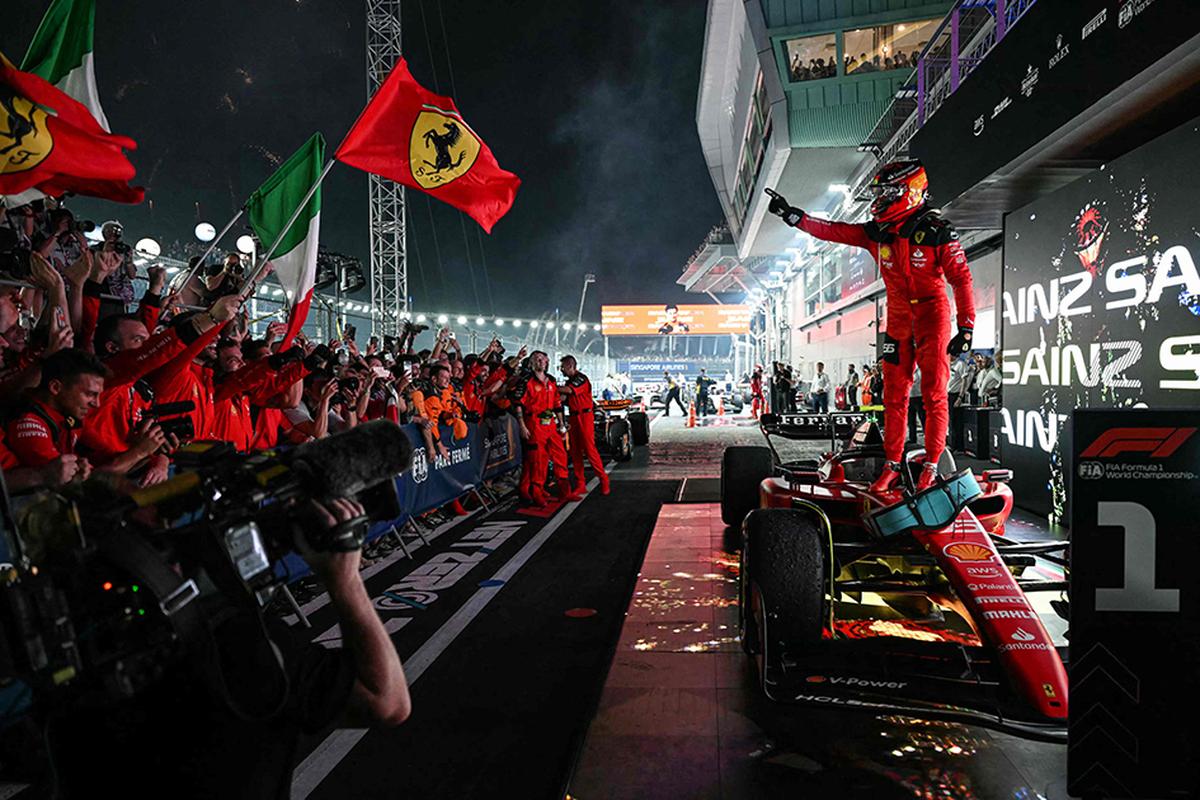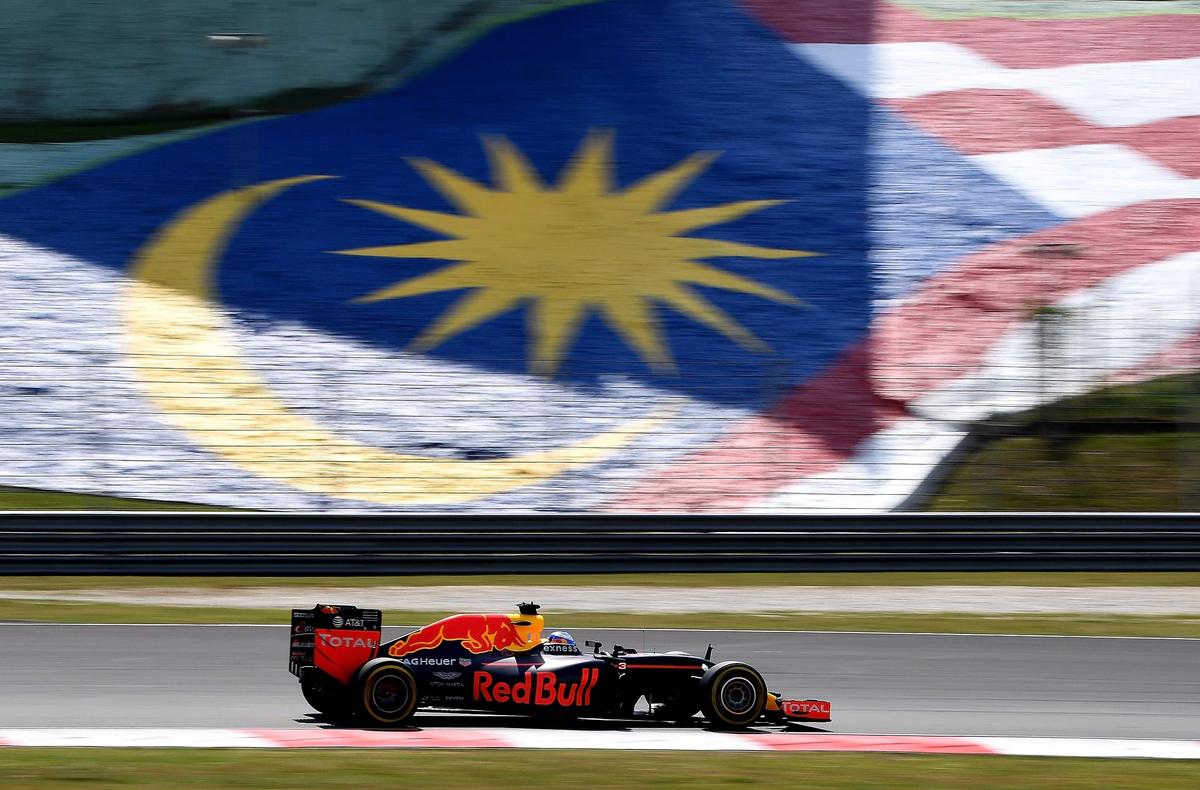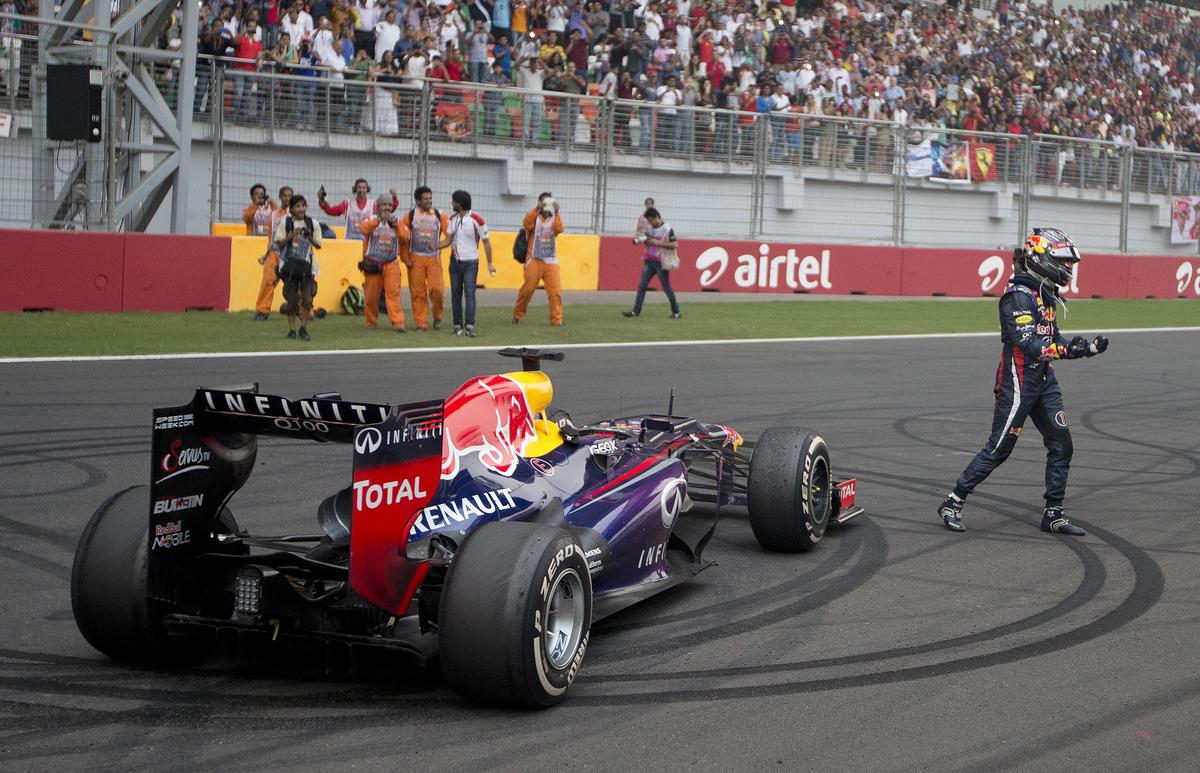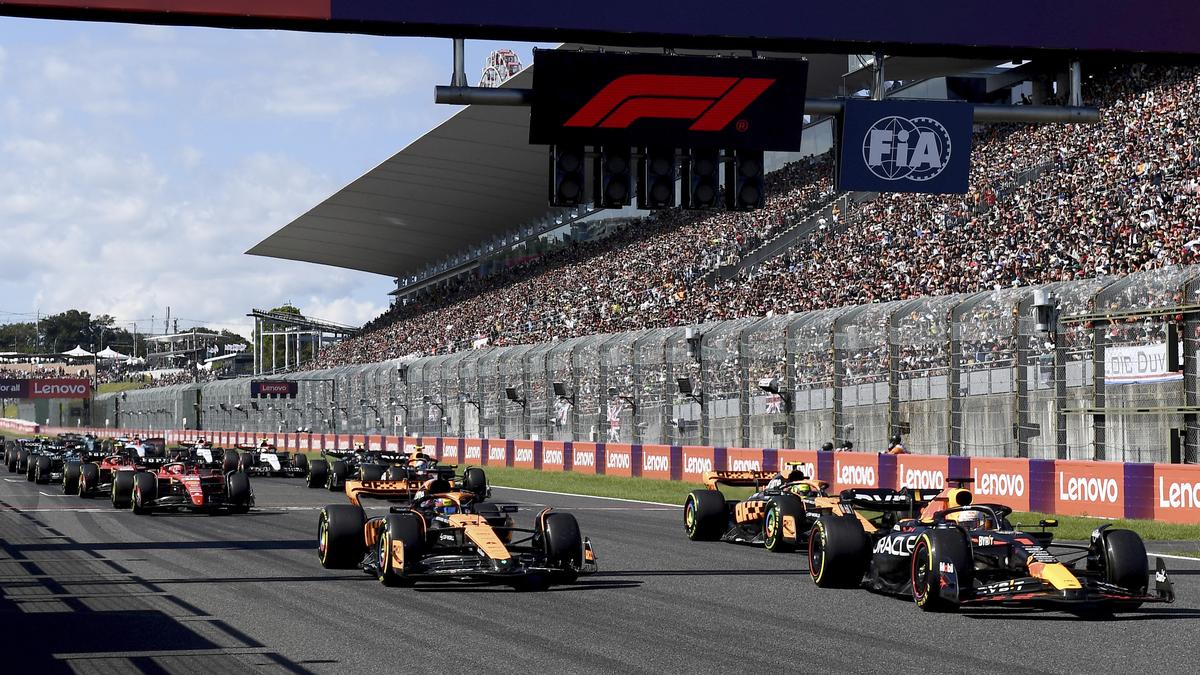Despite limited success in past, is it time for F1 to invest more in Asia?
The 2024 season of Formula 1 saw yet another track added to the calendar, making it a record-breaking 24 races in a year. The new entry marked the return of an important motorsport event in Asia– the Chinese Grand Prix.
Introduced in 2004, the Shanghai International circuit had to forego racing for four years (2020-2023) due to the COVID-19 pandemic. But the Chinese GP made a grand comeback in 2024 with the first-ever Chinese driver, Zhou Guanyu, making his home debut.
It was the second race to take place in Eastern Asia this year. But there have been talks for more races to be held in the continent in the future, specifically the Southeast region.
Talks for more Asian races
In the last month, there were reports of Thailand, South Korea and Indonesia being interested in hosting races. What added to the rumour further was the presence of Thailand’s Prime Minister at Italy’s Imola circuit and his meeting with the F1 higher-ups.
Indonesia and Thailand are not unfamiliar to the motorsport community as MotoGP has been racing there as early as 1996. South Korea, on the other hand, has had three F1 races from 2010-2013.
There have been forays made in the past to the Asian continent- some have been successful while a few couldn’t stay for long.
Historic, long-standing tracks
Among the races which have remained on the calendar for more than a decade are China, Japan and Singapore.
Japan:
F1 made its Asian debut in 1976 at the Fiji Speedway which hosted the 1977 edition as well. It was after a 10-year break that racing returned to Japan and began racing at the new venue Suzuka, which became permanent in 2009.
This demanding and fast circuit has become very popular among drivers and fans, who come sporting eccentric merchandise and show their support throughout the weekend.
Mercedes’ Valtteri Bottas crosses the finish as the first grade during the Japanese Grand Prix race.
| Photo Credit:
REUTERS
Mercedes’ Valtteri Bottas crosses the finish as the first grade during the Japanese Grand Prix race.
| Photo Credit:
REUTERS
Another element that adds to the excitement of the Japanese fans is the presence of a hometown hero. There have been 18 Japanese drivers so far with Yuki Tsunoda being only the second to score points at home in a decade– he did so in the 2024 Japanese Grand Prix.
Singapore:
Though the original Singapore Grand Prix was held at Thomson Road from 1966 to 1973, it was in 2008 that the Marina Bay street circuit hosted the first-ever F1 night race.
Known as the second slowest track after Monaco, the Marina Bay has been described by drivers as the toughest race which tests their endurance and skills with the most number of corners (19) and the least amount of run-off space.

Ferrari’s Spanish driver Carlos Sainz Jr celebrates winning the Singapore Formula One Grand Prix night race at the Marina Bay Street Circuit in Singapore.
| Photo Credit:
AFP
Ferrari’s Spanish driver Carlos Sainz Jr celebrates winning the Singapore Formula One Grand Prix night race at the Marina Bay Street Circuit in Singapore.
| Photo Credit:
AFP
Despite the challenges, the circuit has been a fan favourite for many years, with thousands flying in from around the world to enjoy the racing weekend filled with festivities.
However, the same can’t be said for its closest neighbour, Malaysia, which made its F1 debut almost a decade earlier.
Tracks that went off the grid
Malaysia:
The Sepang International circuit in Malaysia was the second Asian race to be part of the F1 calendar, making its official F1 debut in 1999.
Sepang hosted 19 races and was known for its unpredictable weather, varying from hot days to rain storms. The race’s dramatic appeal used to begin right from the start– into the tight double hairpin bend at the first corner.

Red Bull Racing’s Australian driver Daniel Ricciardo drives during the Formula One Malaysian Grand Prix in Sepang.
| Photo Credit:
AFP
Red Bull Racing’s Australian driver Daniel Ricciardo drives during the Formula One Malaysian Grand Prix in Sepang.
| Photo Credit:
AFP
However, in 2017, it was announced that the Malaysian Grand Prix would not host races after its contract was due to expire in 2018. Its future had been under threat due to rising hosting fees and declining ticket sales with reports that ‘its appeal had been damaged by the more glamorous night-time event on a street track in Singapore.’ (BBC)
India:
While there were plans as early as 1997 for India to hold F1 races, narrowing down on a venue took a few years with Mumbai, Bangalore, Hyderabad and Lucknow being among the contenders.
Greater Noida’s Buddh International Circuit hosted the first-ever Indian Grand Prix in 2011 and did so for two more years. But it was an expensive affair for the organiser as the venue had to pay $40 million per year (one of the few races which was not subsidised by the government back then).

Red Bull driver Sebastian Vettel of Germany celebrates on the track after winning the Indian Formula One Grand Prix and his 4th straight F1 world championship at the Buddh International Circuit in Noida.
| Photo Credit:
AP
Red Bull driver Sebastian Vettel of Germany celebrates on the track after winning the Indian Formula One Grand Prix and his 4th straight F1 world championship at the Buddh International Circuit in Noida.
| Photo Credit:
AP
The Indian Grand Prix was set to miss the 2014 edition before returning the subsequent year. However, this never panned out as the 2015 edition was cancelled as well due to a dispute with the Uttar Pradesh government regarding the charging of entertainment tax. The race was never restored to the calendar again.
Vietnam- A track that never got a chance
The Vietnamese Grand Prix was scheduled to make its entry into F1 in April 2020 but COVID-19 caused it to be initially postponed and eventually cancelled.
The inclusion of Hanoi meant that there would have been a second Southeast Asian race with Singapore. As of 2024, there is no official announcement if the Vietnamese Grand Prix will make its debut.
What’s in store for Asia
The possible addition of more Asian races reflects the region’s increasing motorsport enthusiasm and economic potential. As interest from other countries continues to grow, F1 will be keen to expand its reach but with caution, as it has had a rather tricky time testing the Asian waters.
However, it must be kept in mind that the inclusion of another race may be a challenge considering the existing calendar which tests its limit every year. As a European dominant sport, one of the tracks in the continent may have to be swapped out for an Asian one.



